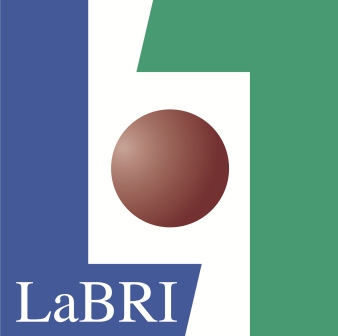MEX-CULTURE
MEX-CULTURE
Multimedia libraries indexing for the preservation and dissemination of the Mexican culture, 2012-2016
Given the importance of cultural heritage content in promoting diversity in a globalized world, making this content quickly available to a broad audience is a critical issue. Large volumes of such content must be indexed and users must be provided with means for a fast and easy access to the multimedia information, making them able to browse (according to multiple criteria) and visualize desirable content stored in the archives. This requires automatic indexing, whose two main principles emerged in the early 1990s. First, the audiovisual content itself is used as basis for indexing. Second, content is processed in the compressed form in order to save the computational cost of decompressing the videos. The MEX-CULTURE project aimed to:
- Devise, with bilateral research efforts, new automated methods for large-scale processing and indexing of multimedia content. These methods concern video indexing directly performed on encoded visual content, audio indexing using descriptors issued from speech recognition and speaker identification, cross-media indexing (image, video, audio and speech), scalable search and retrieval. The resulting techniques were implemented in a common development platform.
- Support the preservation and dissemination of Mexican Culture by applying the methods devised in the project to the large databases of Canal Once, of the FONOTECA NACIONAL (National Sound Archive of Mexico, part of CONACULTA, National Council for Culture and the Arts of Mexico) and the Video library (TVUNAM) of the UNAM (National Autonomous University of Mexico). MEX-CULTURE was the first multimedia indexing project with these characteristics.
This project was conducted by five organizations, three from France (CEDRIC-Cnam, LABRI and INA) and two from Mexico (UNAM, IPN) and it is jointly financed by the ANR (France) and the CONACYT (Mexico).
The video below provides a brief presentation, in French, of a preliminary version of the Mex-Culture platform:
Final report of the project (May 2016).





